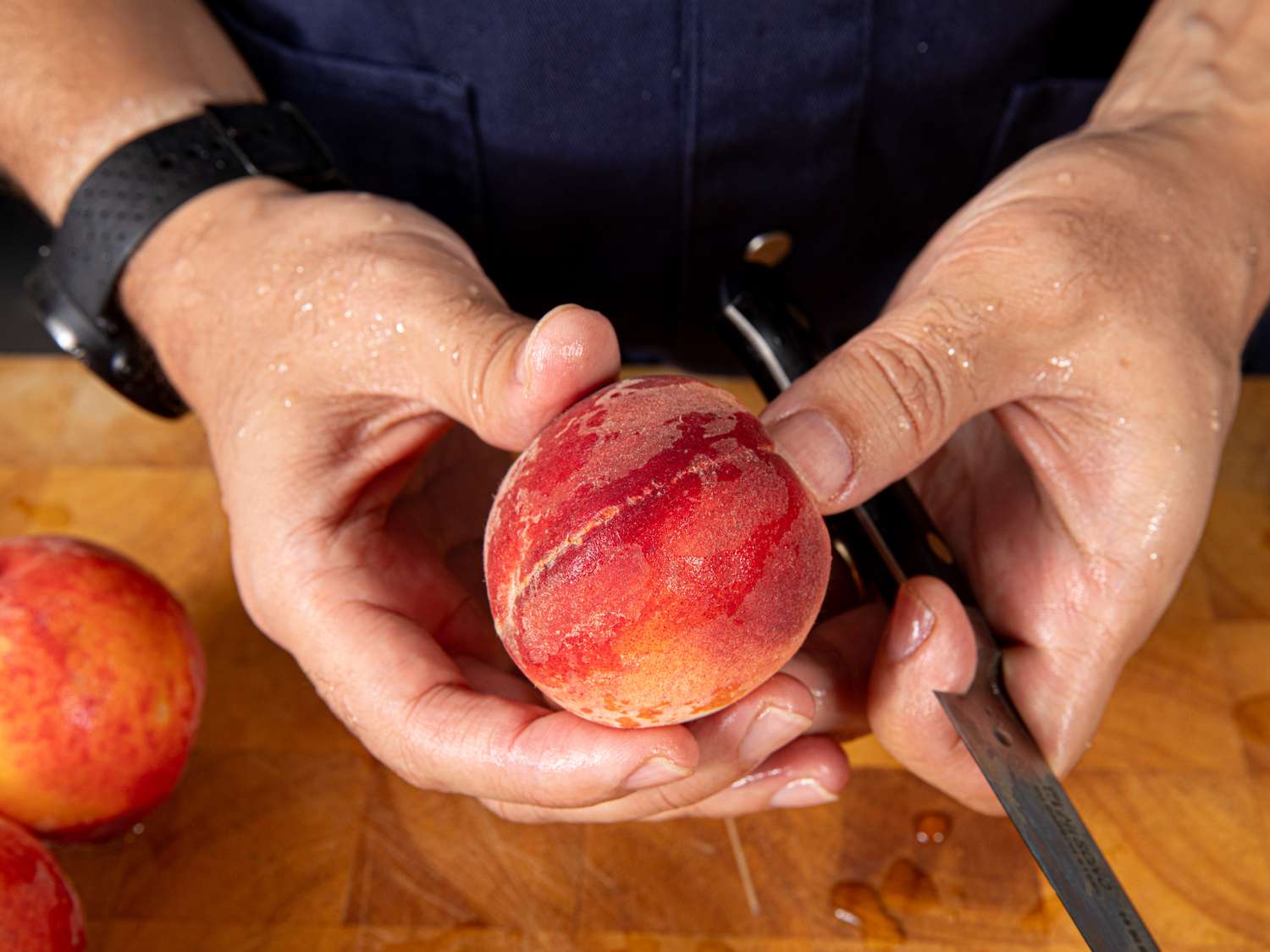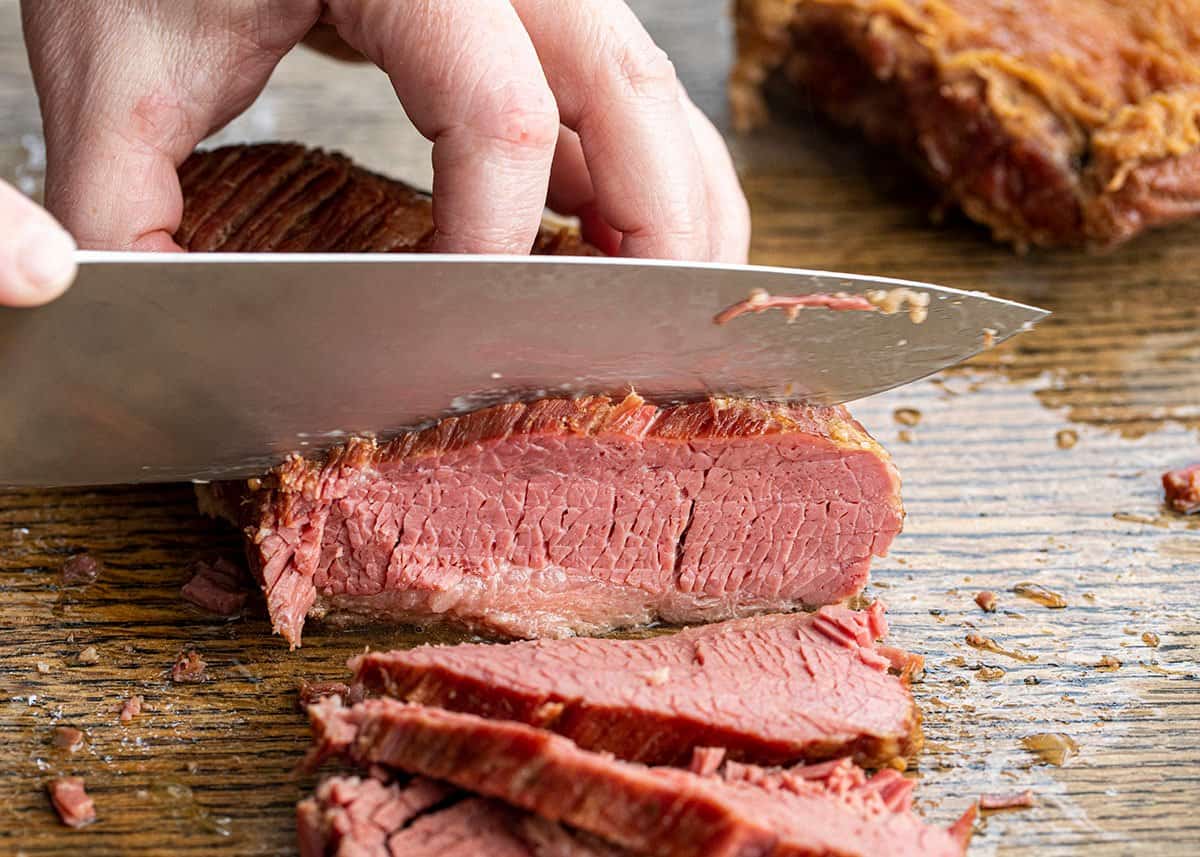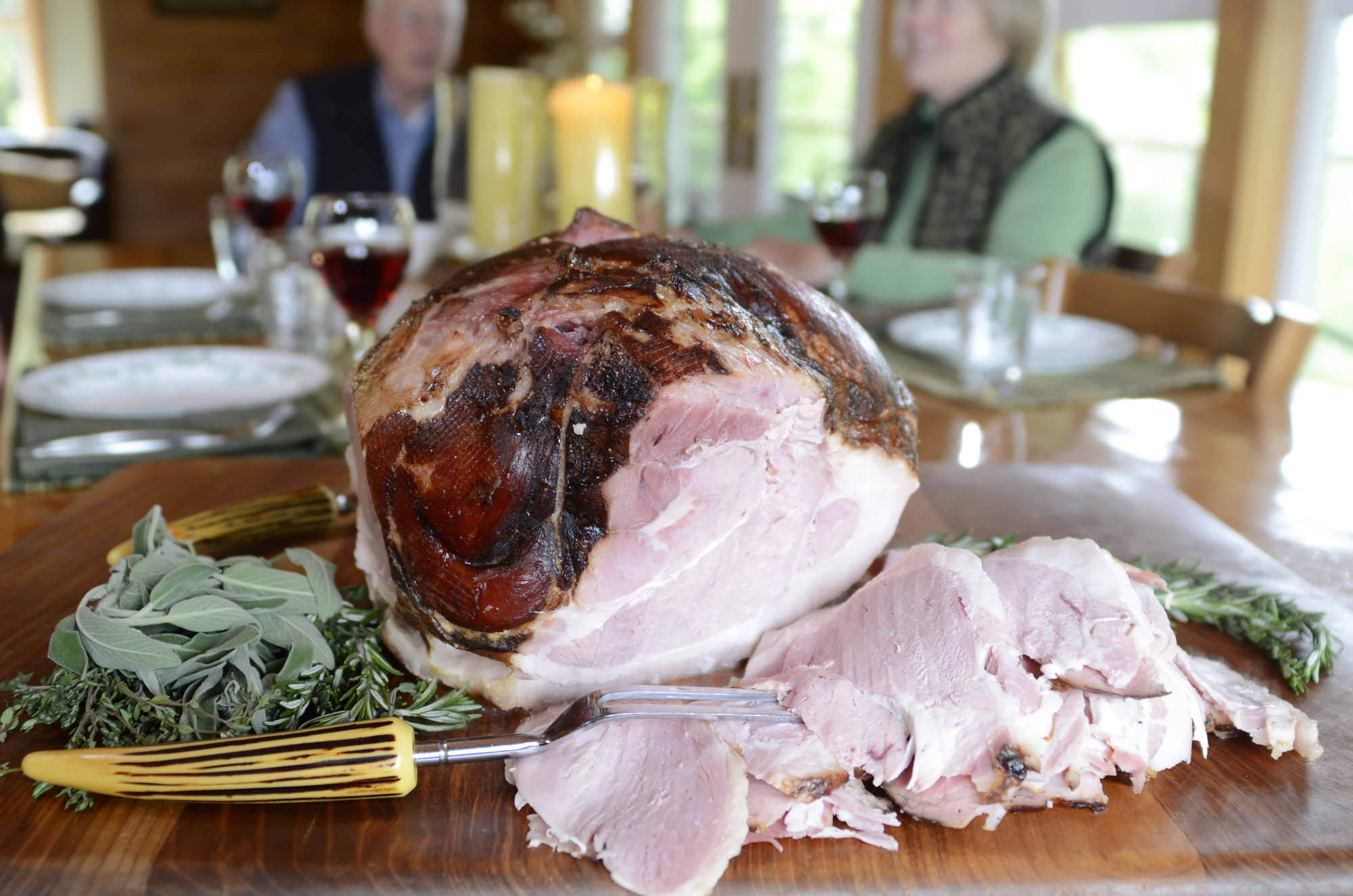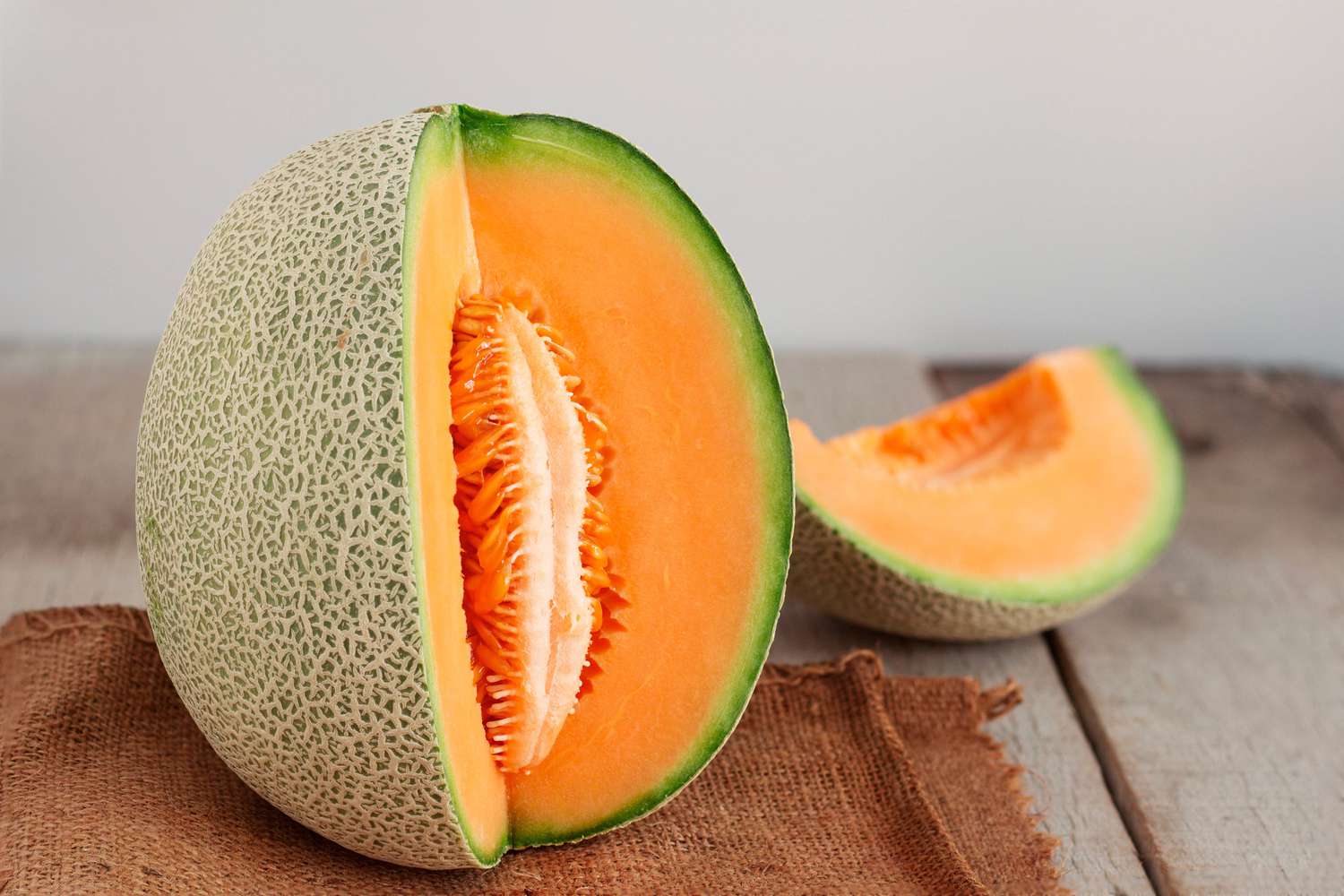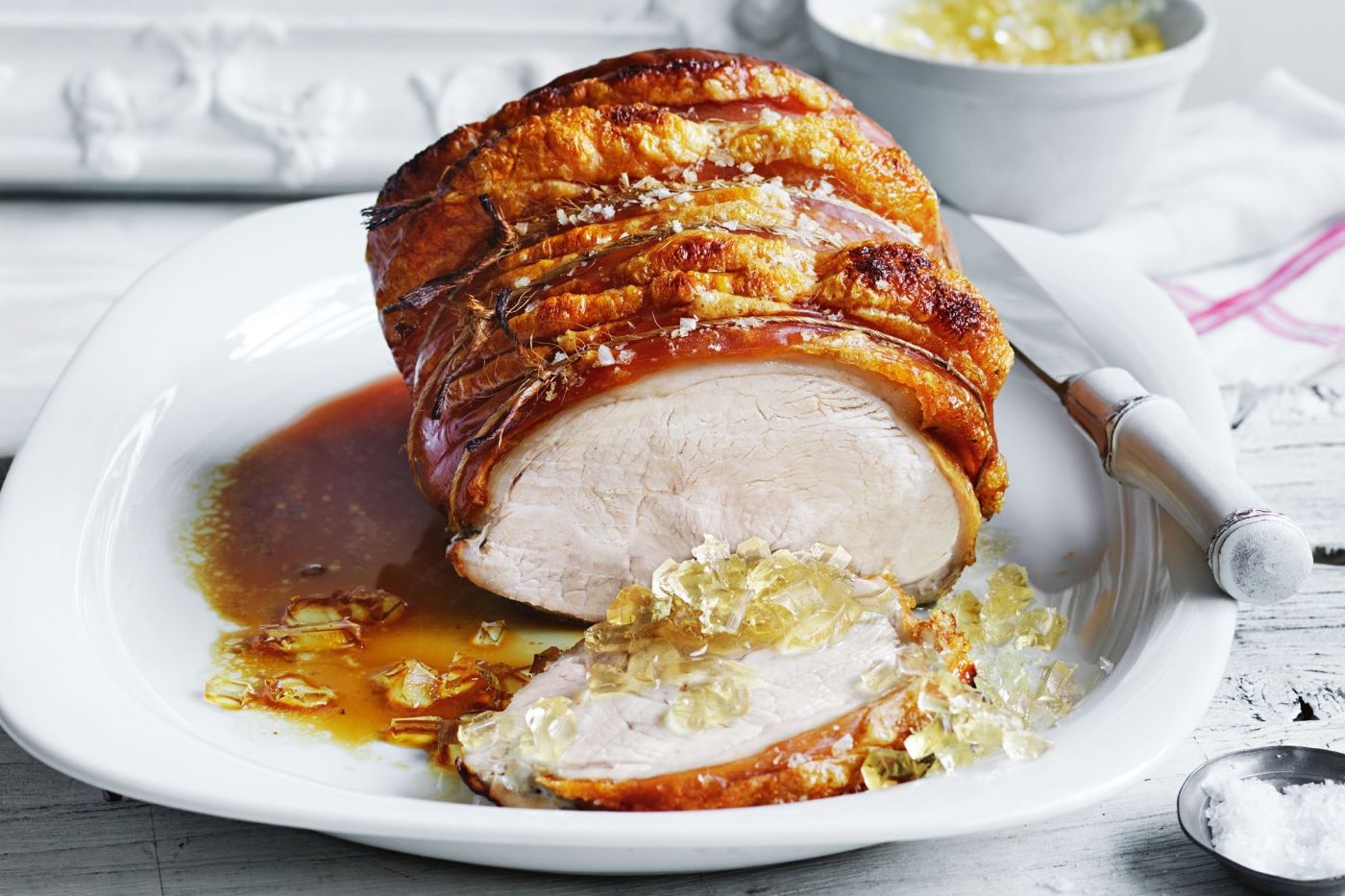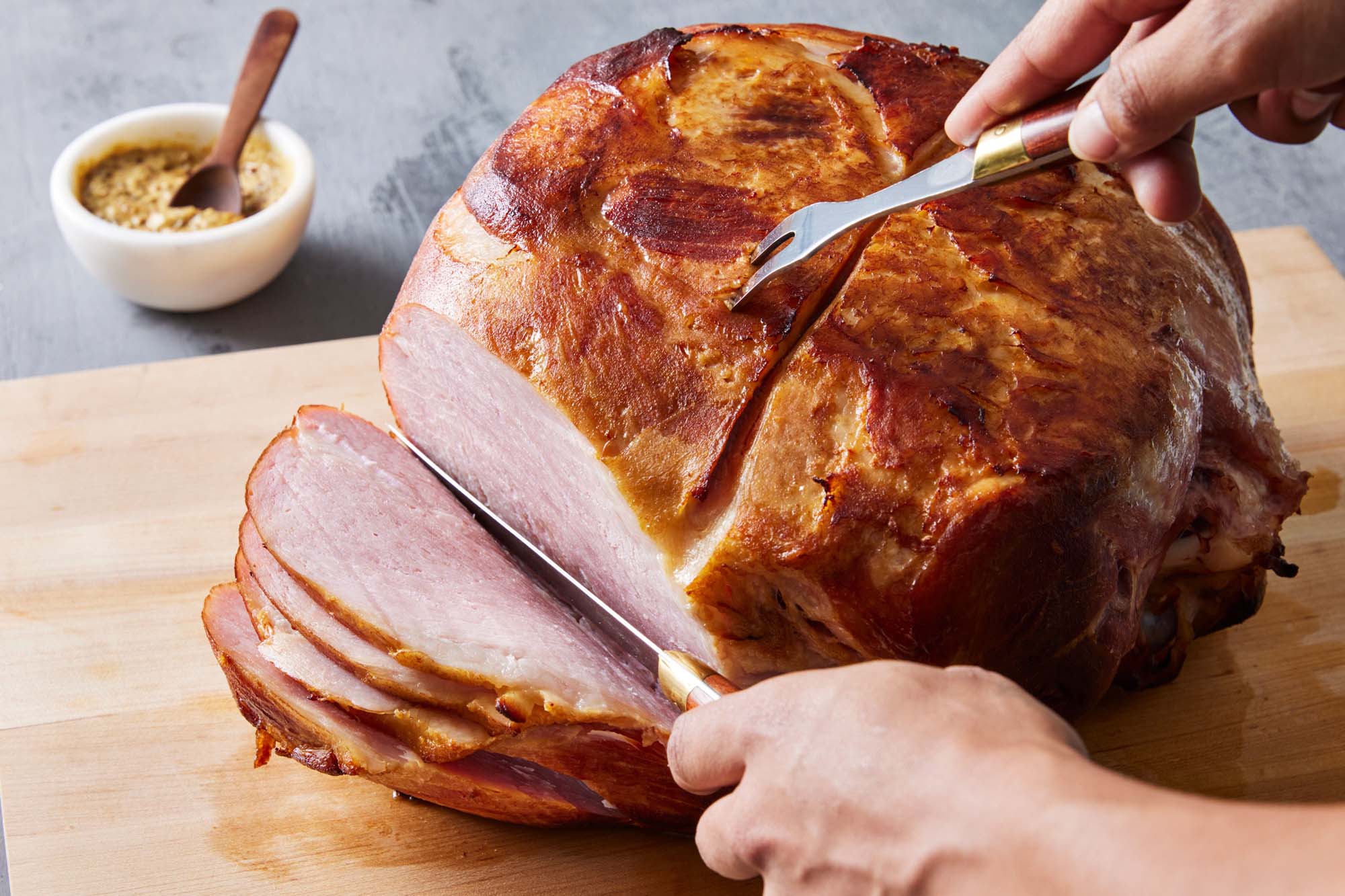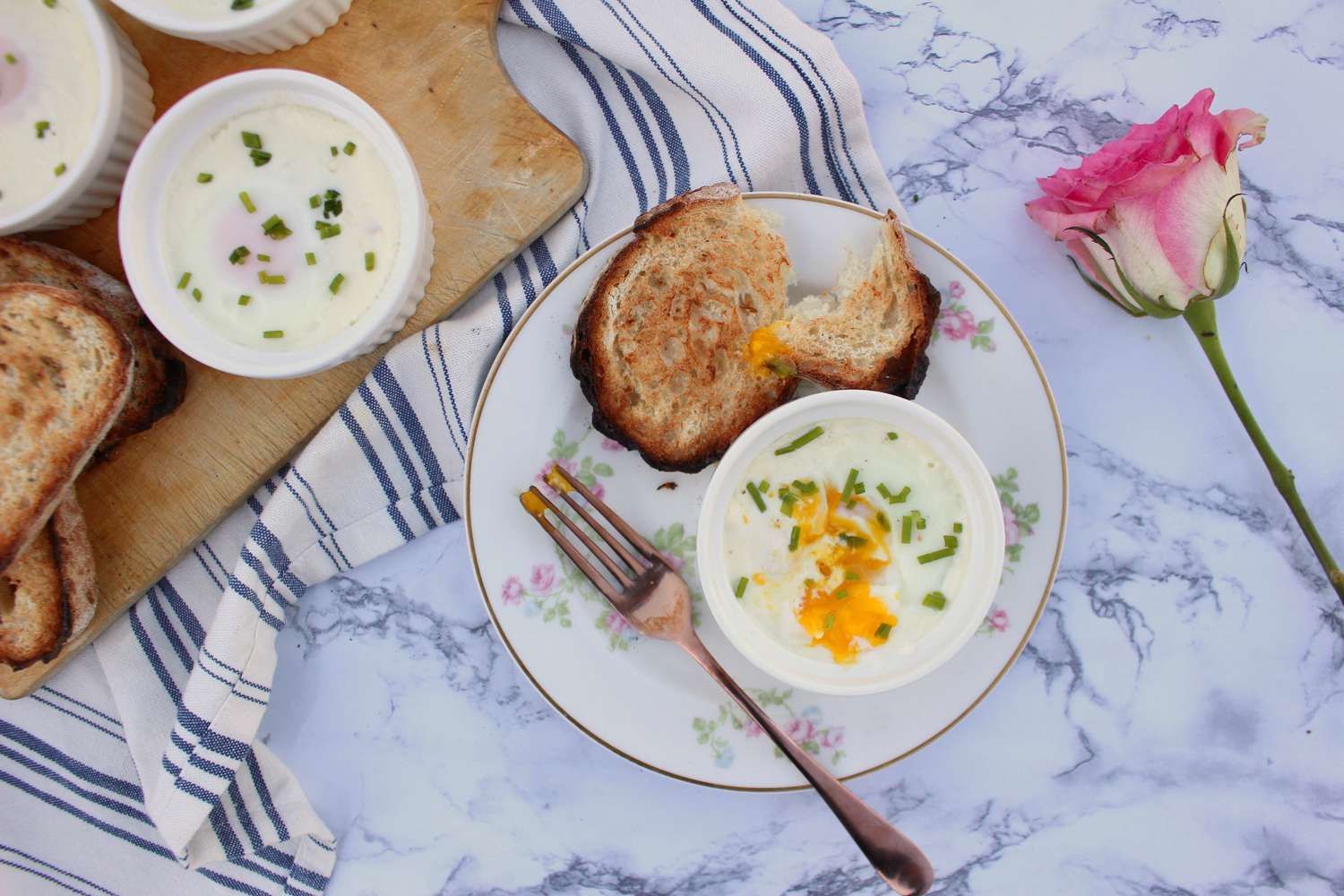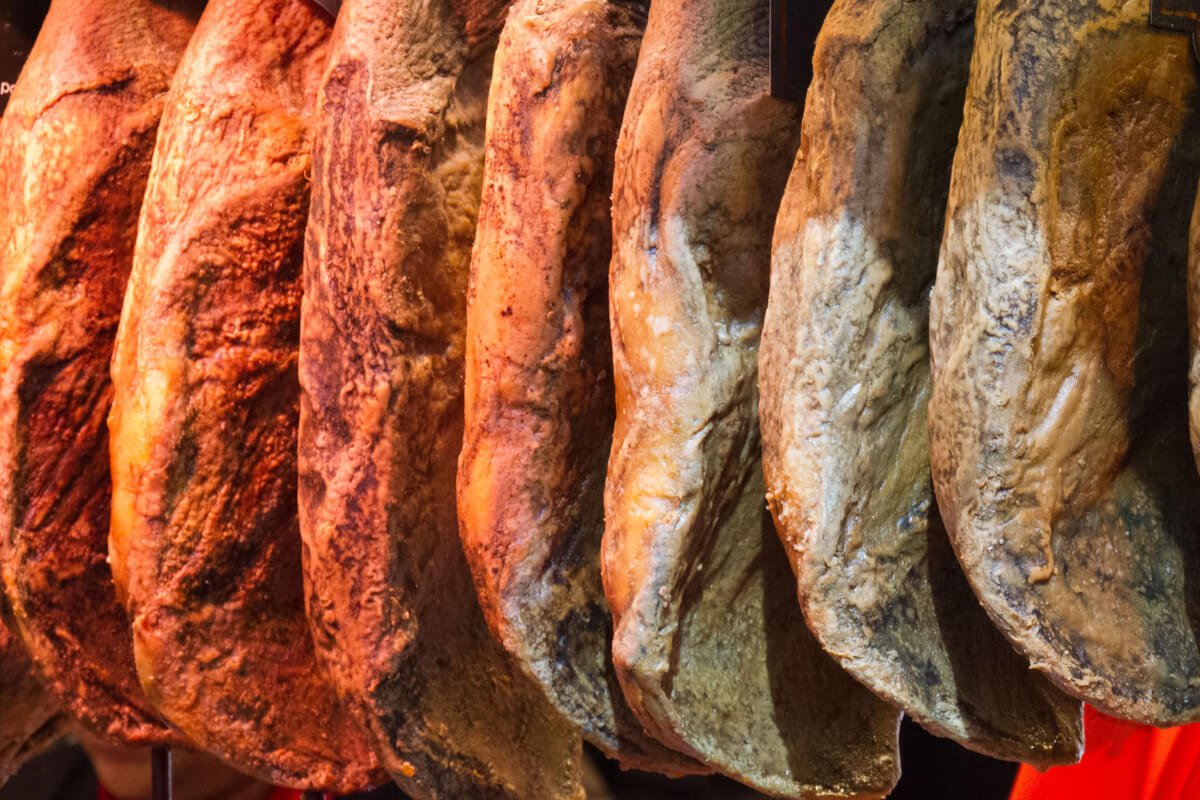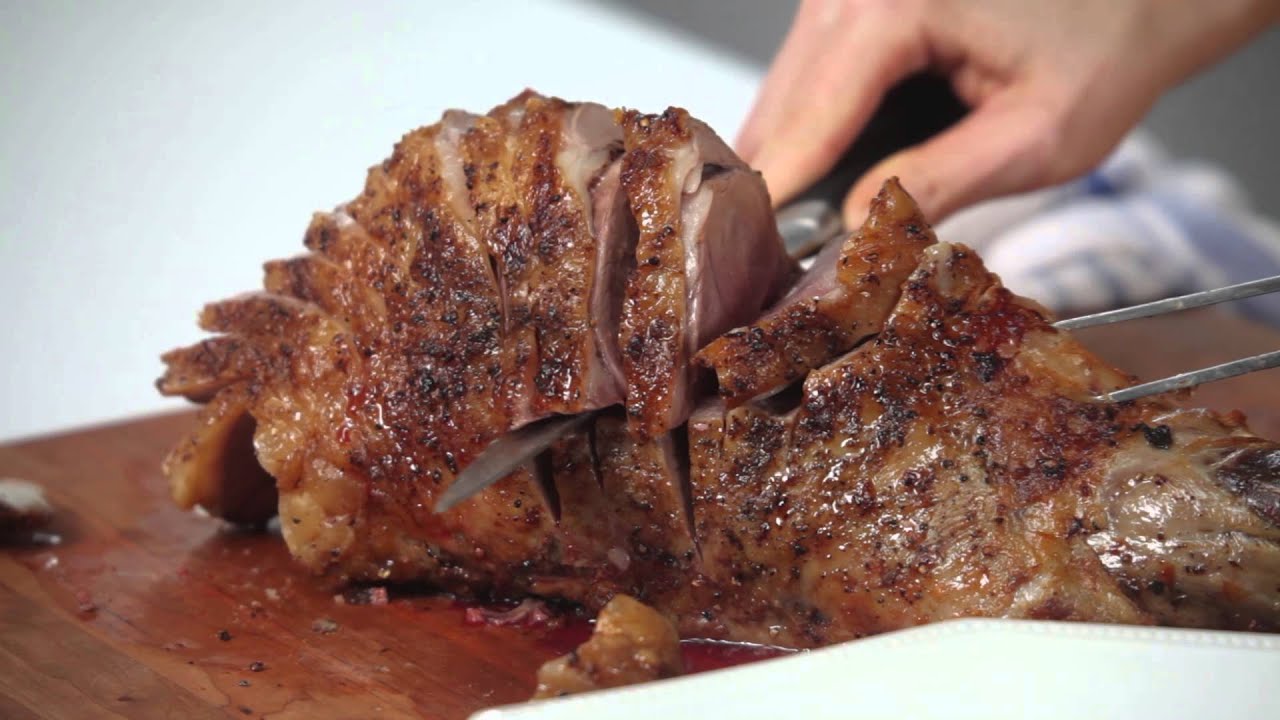What Are the Different Types of Whisks Used For?
If you are a cooking enthusiast or even a professional chef, you probably know that a whisk is an essential tool in the kitchen. Whisks come in different shapes and sizes, each designed for specific tasks. In this blog post, we will explore the different types of whisks and their uses, helping you become more knowledgeable and efficient in your culinary adventures.
1. Balloon Whisk
The balloon whisk is the most commonly used type of whisk, recognized by its rounded shape and many loops of wire. This classic whisk is perfect for whipping or whisking ingredients that require a lot of aeration, such as egg whites, cream, and pancake batter. The balloon whisk’s design helps incorporate air into the mixture, resulting in light and fluffy creations.
2. French Whisk
The French whisk, also known as a piano whisk, has a narrower and elongated shape compared to the balloon whisk. Its slender design makes it ideal for tasks that require precision and control, such as making sauces, gravies, or emulsions. The French whisk is also handy for mixing dry ingredients, incorporating liquids into dry mixtures, or blending marinades.
3. Flat Whisk
The flat whisk, as the name suggests, has flat wires instead of the usual rounded wires found in balloon whisks. This unique shape allows the flat whisk to reach into corners and edges of shallow pans, making it perfect for making roux, custards, or stovetop sauces. Its flat profile also makes it easy to scrape and stir food without scratching the bottom of your cookware.
4. Coil Whisk
The coil whisk, sometimes referred to as a spring whisk, stands out with its coiled wire design. This whisk excels in mixing thick and heavy ingredients, like thick batters or dense doughs. The coils make it easier to blend ingredients smoothly, breaking up stubborn lumps and ensuring an even distribution of ingredients throughout the mixture.
5. Sauce Whisk
A sauce whisk, also known as a gravy whisk, is specifically designed to handle the task of creating smooth and lump-free sauces and gravies. It features a long handle and a narrow head with a spiral shape to reach into the corners of pans and scrape off any bits that may stick to the bottom. The sauce whisk’s unique design ensures thorough mixing, preventing clumps and achieving a velvety texture.
6. Ball Whisk
Lastly, we have the ball whisk, which stands out with its unique design of wires formed into small balls at the end. This type of whisk is excellent for emulsifying dressings, vinaigrettes, or creating frothy beverages like cappuccinos. The ball whisk’s design allows it to efficiently mix liquids and combine ingredients without incorporating too much air.
Now that you are familiar with the different types of whisks and their uses, you can choose the right whisk for the task at hand. Remember, utilizing the appropriate whisk will not only make your cooking process more efficient but also help you achieve the desired results. Happy whisking!


